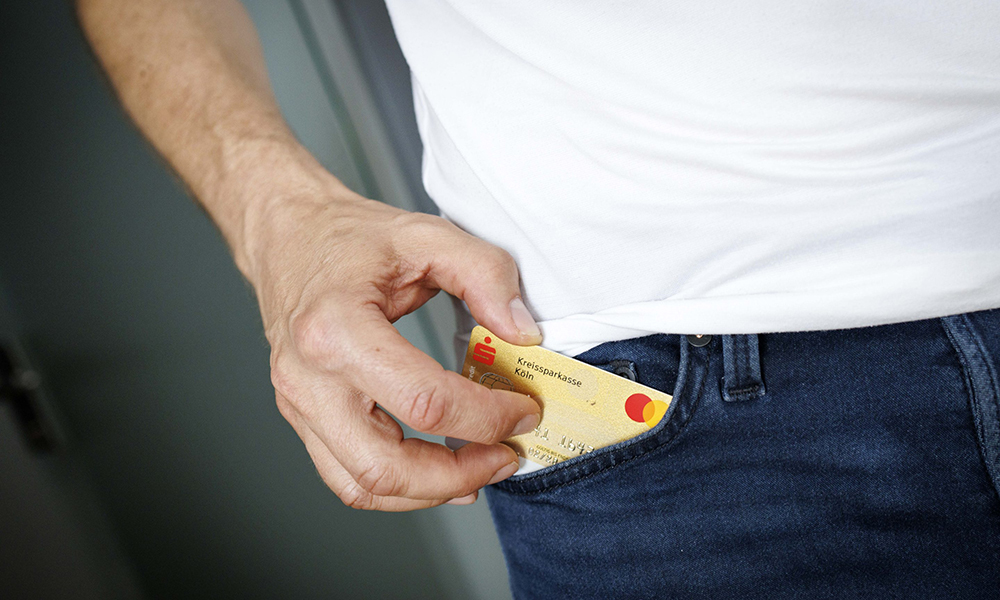
今年7月,,美國(guó)消費(fèi)者借貸創(chuàng)下自2022年11月以來(lái)的最大增幅,非循環(huán)債務(wù)和信用卡余額均有所增加,。
美聯(lián)儲(chǔ)周一公布的數(shù)據(jù)顯示,,美國(guó)未償信貸總額增長(zhǎng)了255億美元。這遠(yuǎn)遠(yuǎn)超出了彭博社調(diào)查的經(jīng)濟(jì)學(xué)家們的預(yù)測(cè),。這些數(shù)據(jù)并未根據(jù)通脹情況進(jìn)行調(diào)整,。
包括信用卡在內(nèi)的未償循環(huán)債務(wù)增加了106億美元,為五個(gè)月來(lái)的最大增幅,。汽車貸款和學(xué)費(fèi)等非循環(huán)信貸,,在一年多時(shí)間里增長(zhǎng)了148億美元。
借貸增加幫助推動(dòng)零售銷售在7月份實(shí)現(xiàn)了自2023年年初以來(lái)的最大漲幅,。其中包括機(jī)動(dòng)車銷售增長(zhǎng),。
然而,,如果消費(fèi)者變得更加謹(jǐn)慎,更高的信用卡欠款和高利率貸款可能對(duì)消費(fèi)產(chǎn)生負(fù)面影響,。預(yù)計(jì)美聯(lián)儲(chǔ)的政策制定者將在下周邁出下調(diào)基準(zhǔn)利率的第一步,,但他們的措施要經(jīng)過(guò)一段時(shí)間之后,才能降低消費(fèi)者的財(cái)務(wù)成本,。
紐約聯(lián)邦儲(chǔ)備銀行(New York Fed)上個(gè)月的報(bào)告顯示,,第二季度逾期消費(fèi)者債務(wù)總額的占比為3.2%,而新逾期的汽車貸款和信用卡欠款的占比在持續(xù)上升,。
逾期至少30天的未償汽車貸款比例,,為2010年以來(lái)的最高水平。新逾期的信用卡負(fù)債占比增至9.05%,,為約12年來(lái)的最高水平,。(財(cái)富中文網(wǎng))
譯者:劉進(jìn)龍
審校:汪皓
今年7月,美國(guó)消費(fèi)者借貸創(chuàng)下自2022年11月以來(lái)的最大增幅,,非循環(huán)債務(wù)和信用卡余額均有所增加,。
美聯(lián)儲(chǔ)周一公布的數(shù)據(jù)顯示,美國(guó)未償信貸總額增長(zhǎng)了255億美元,。這遠(yuǎn)遠(yuǎn)超出了彭博社調(diào)查的經(jīng)濟(jì)學(xué)家們的預(yù)測(cè),。這些數(shù)據(jù)并未根據(jù)通脹情況進(jìn)行調(diào)整。
包括信用卡在內(nèi)的未償循環(huán)債務(wù)增加了106億美元,,為五個(gè)月來(lái)的最大增幅,。汽車貸款和學(xué)費(fèi)等非循環(huán)信貸,在一年多時(shí)間里增長(zhǎng)了148億美元,。
借貸增加幫助推動(dòng)零售銷售在7月份實(shí)現(xiàn)了自2023年年初以來(lái)的最大漲幅,。其中包括機(jī)動(dòng)車銷售增長(zhǎng)。
然而,,如果消費(fèi)者變得更加謹(jǐn)慎,,更高的信用卡欠款和高利率貸款可能對(duì)消費(fèi)產(chǎn)生負(fù)面影響。預(yù)計(jì)美聯(lián)儲(chǔ)的政策制定者將在下周邁出下調(diào)基準(zhǔn)利率的第一步,,但他們的措施要經(jīng)過(guò)一段時(shí)間之后,,才能降低消費(fèi)者的財(cái)務(wù)成本。
紐約聯(lián)邦儲(chǔ)備銀行(New York Fed)上個(gè)月的報(bào)告顯示,,第二季度逾期消費(fèi)者債務(wù)總額的占比為3.2%,,而新逾期的汽車貸款和信用卡欠款的占比在持續(xù)上升。
逾期至少30天的未償汽車貸款比例,,為2010年以來(lái)的最高水平,。新逾期的信用卡負(fù)債占比增至9.05%,為約12年來(lái)的最高水平,。(財(cái)富中文網(wǎng))
譯者:劉進(jìn)龍
審校:汪皓
US consumer borrowing increased in July by the most since November 2022, reflecting jumps in non-revolving debt and credit-card balances.
Total credit outstanding increased $25.5 billion, according to Federal Reserve data released Monday. The gain exceeded all forecasts in a Bloomberg survey of economists. The figures aren’t adjusted for inflation.
Revolving debt outstanding, which includes credit cards, increased $10.6 billion, the most in five months. Non-revolving credit, such as loans for vehicle purchases and school tuition, surged $14.8 billion in more than a year.
The increase in borrowing helped fuel the biggest jump in retail sales during the month since early 2023. That included a pickup in purchases in motor vehicles.
However, carrying bigger credit-card balances and loans with high interest rates poses a risk to spending should consumers become more guarded. While Fed policymakers next week are seen taking the first step in reducing their benchmark rate, it will take time for their actions to filter through into cheaper financing costs for consumers.
A New York Fed report last month showed that while the share of overall consumer debt in delinquency held at 3.2% in the second quarter, the share of auto and credit-card loans that were newly delinquent continued to creep higher.
The share of auto loan balances that became at least 30 days delinquent was the largest since 2010. The share of credit card debt that was newly delinquent rose to 9.05%, the most in about 12 years.






